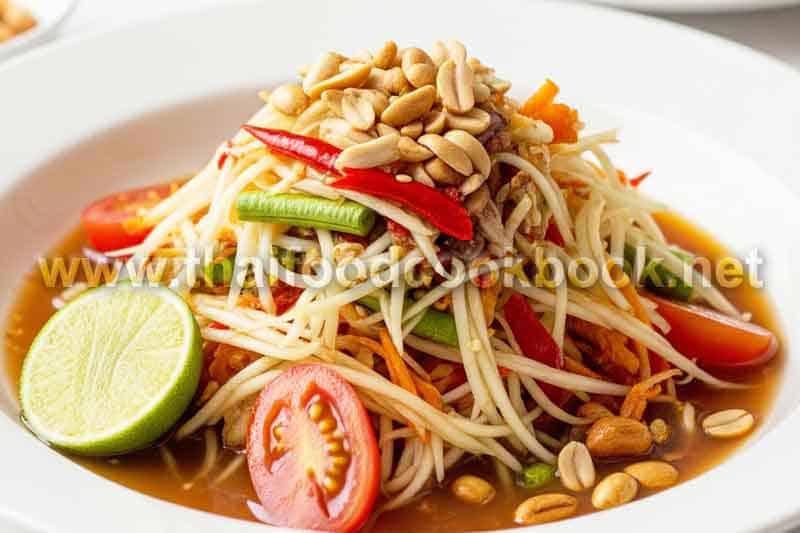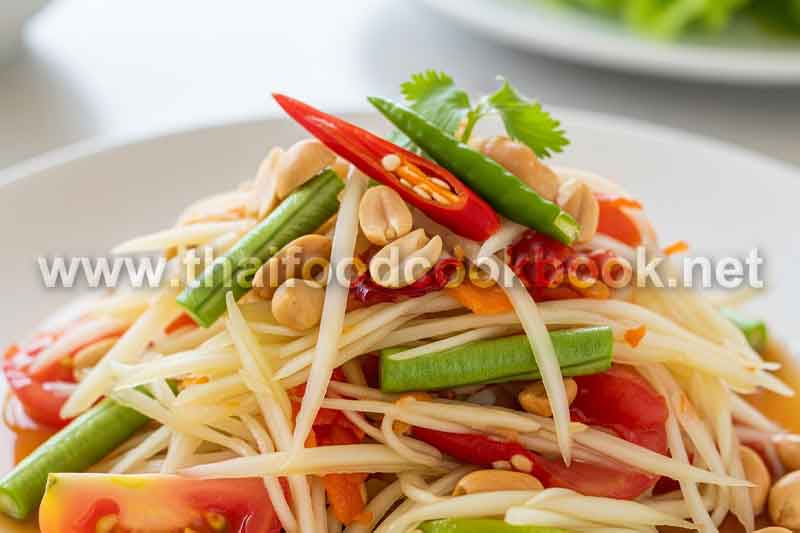Discover Thailand Through Its Street Food and Culture
Many first-time travelers expect to explore Thailand through temples or landmarks, yet they often end up overwhelmed by options or unsure which experiences truly represent the country’s cultural roots. Instead of tourist-heavy restaurants that dilute recipes for international tastes, people are turning toward local stalls, night markets, and community-style cooking to understand the country through flavor. The easiest way to connect with Thailand’s living heritage is through real street food vendors, where culture, technique, and identity are preserved in daily cooking rather than staged performances. Authenticity is hidden in plain sight — in the way ingredients are prepared, how dishes are served, and how flavors represent history. Discovering Thailand through its local dishes means getting closer to traditional wisdom, family recipes, and regional pride. For travelers looking for real culinary depth, curated local directories for Thai street food help them avoid watered-down tourist menus and instead experience flavors shaped by community, climate, and regional storytelling.
Immersive Cultural Travel Through Thai Night Markets and Local Food Rituals
Thailand’s night markets function as more than food stops — they are vibrant social spaces where families gather, vendors tell stories through recipes, and visitors get to witness daily life without filters. Instead of dining behind glass walls, travelers eat shoulder-to-shoulder with locals at metal tables, while charcoal grills send the aroma of marinated meats through open air. Seasonal ingredients determine menus, and vendors practice culinary techniques passed down for generations without written recipes. Dining is interactive: diners choose spice levels, select side dishes, and assemble their bites using sticky rice, handmade sauces, and herbs. Eating is part of cultural participation, not just consumption.
Regional Diversity: Understanding Thai Culture Through Flavor Geography
To truly discover Thailand through its street food and culture, one must understand how climate and local agriculture shape recipes. Central Thai food is aromatic and layered, southern Thai food is rich with coconut and seafood, while northern dishes prioritize herbs and smokiness. But it is northeastern Isaan cuisine — bold, rustic, and fiery — that most strongly represents street-style traditions. Each region speaks through its flavor: the sour notes symbolize preservation, the heat reflects resilience, and sticky rice represents communal sharing. This culinary “map” teaches travelers more about Thailand than a sightseeing brochure ever could.
Five Thai Street Food Dishes with Full Ingredients and Step-by-Step Preparation
1. Pad Kra Pao (Thai Basil Stir-Fry)
- Ingredients (1 serving):
- 180 g minced pork or chicken
- 1 tbsp chopped garlic
- 2–3 Thai chilies (crushed)
- 1 tbsp oyster sauce
- 1 tbsp fish sauce
- 1 tsp soy sauce
- 1 tsp sugar
- 10–12 holy basil leaves
- Heat oil in a wok and sauté garlic and chilies until fragrant.
- Add minced meat and stir-fry until cooked through.
- Season with oyster, fish, and soy sauce plus sugar for balance.
- Add basil leaves and toss off the heat for maximum aroma.
- Serve with jasmine rice and a fried egg.
2. Tom Yum Goong (Spicy Shrimp Soup)
- Ingredients (2 servings):
- 250 g shrimp
- 2 cups water or broth
- 2 slices galangal
- 1 stalk lemongrass (smashed)
- 3 kaffir lime leaves
- 2 tbsp fish sauce
- 2 tbsp lime juice
- 1 tsp chili paste
- Mushrooms to preference
- Simmer broth with galangal, lemongrass, and kaffir lime leaves.
- Add shrimp and mushrooms.
- Stir in chili paste and fish sauce.
- Turn off heat before adding lime juice to preserve freshness.
3. Moo Ping (Thai Grilled Pork Skewers)
- Ingredients (3–4 skewers):
- 250 g pork shoulder, sliced
- 2 tbsp coconut milk
- 1 tbsp soy sauce
- 1 tbsp fish sauce
- 1 tsp sugar
- ½ tsp white pepper
- Mix all marinade ingredients and coat pork slices evenly.
- Skewer and refrigerate at least 2 hours.
- Grill over charcoal until glossy and caramelized.
4. Khao Man Gai (Thai Chicken Rice)
- Ingredients (1–2 servings):
- 250 g chicken thigh or breast
- 1 cup jasmine rice
- 2 cups chicken broth
- 2 slices ginger
- 1 tbsp soy sauce
- 1 tbsp garlic oil
- Simmer chicken with ginger until tender.
- Cook rice with broth and garlic oil for aroma.
- Slice chicken and place over rice with dipping sauce.
5. Thai Omelette (Khai Jiao)
- Ingredients (1 serving):
- 2 eggs
- 1 tbsp fish sauce
- 1 tbsp water or soda water (for fluffiness)
- Oil for deep frying
- Whisk eggs with fish sauce and water.
- Heat oil until very hot.
- Pour mixture and fry until puffed and golden.
Ten Most Popular Thai Street Food Dishes
- Som Tam
- Pad Thai
- Mango Sticky Rice
- Pla Pao (Grilled Fish)
- Boat Noodles
- Thai Sausage (Sai Krok)
- Pad Kra Pao
- Tom Yum Goong
- Moo Ping
- Khao Soi
Cultural Reflection Through Street Food Experience
Street food in Thailand is an open window into everyday life — it teaches visitors about generosity, adaptation, respect for ingredients, and the rhythm of public gatherings. Each market is a living archive of identity and memory. Those who truly want to discover Thailand through its street food and culture inevitably go beyond simple eating and instead embrace observation: how vendors prepare, how families share, and how flavors shape belonging. For more cultural context and historical background, travelers often turn to broader references on Thai cuisine to deepen their appreciation of culinary heritage that continues to evolve without losing its roots.

